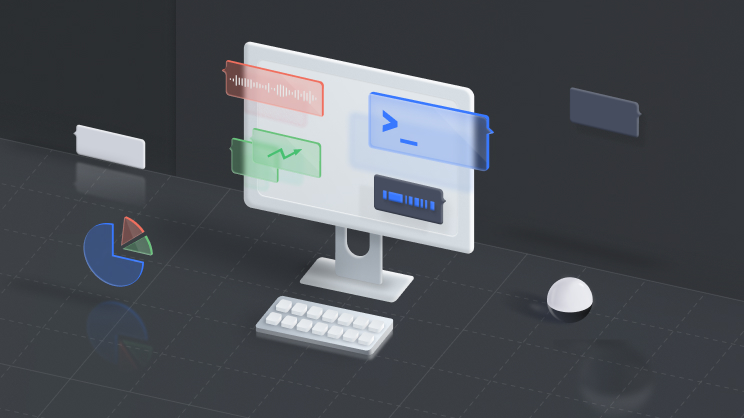Start prototyping AI applications powered by PyTorch by leveraging popular pretrained models in the fields of Computer Vision and Natural Language Processing covering an extensive span of practical applications.
PyTorch Essentials: An Applications-First Approach (LFD273)



 Chapter 1. Course Introduction
Chapter 1. Course Introduction
 Chapter 2. PyTorch, Datasets, and Models
Chapter 2. PyTorch, Datasets, and Models
 Chapter 3. Building Your First Dataset
Chapter 3. Building Your First Dataset
 Chapter 4. Training Your First Model
Chapter 4. Training Your First Model
 Chapter 5. Building Your First DataPipe
Chapter 5. Building Your First DataPipe
 Chapter 6. Transfer Learning and Pretrained Models
Chapter 6. Transfer Learning and Pretrained Models
 Chapter 7. Pretrained Models for Computer Vision
Chapter 7. Pretrained Models for Computer Vision
 Chapter 8. Pretrained Models for Natural Language Processing
Chapter 8. Pretrained Models for Natural Language Processing
 Chapter 9. Image Classification with Torchvision
Chapter 9. Image Classification with Torchvision
 Chapter 10. Fine-Tuning Pretrained Models for Computer Vision
Chapter 10. Fine-Tuning Pretrained Models for Computer Vision
 Chapter 11. Serving Models with TorchServe
Chapter 11. Serving Models with TorchServe
 Chapter 12. Datasets and Transformations for Object Detection and Image Segmentation
Chapter 12. Datasets and Transformations for Object Detection and Image Segmentation
 Chapter 13. Models for Object Detection and Image Segmentation
Chapter 13. Models for Object Detection and Image Segmentation
 Chapter 14. Object Detection Evaluation
Chapter 14. Object Detection Evaluation
 Chapter 15. Word Embeddings and Text Classification
Chapter 15. Word Embeddings and Text Classification
 Chapter 16. Contextual Word Embeddings with Transformers
Chapter 16. Contextual Word Embeddings with Transformers
 Chapter 17. Hugging Face Pipelines for NLP Tasks
Chapter 17. Hugging Face Pipelines for NLP Tasks
 Chapter 18. Q&A, Summarization, and LLMs
Chapter 18. Q&A, Summarization, and LLMs
- Python (notions of Object-Oriented Programming (OOP))
- PyData Stack (Numpy – arrays, slicing, vectorized operations – , Pandas – series, slicing, indexing, transformations – , Matplotlib – basic plotting only – , Scikit-Learn – linear regression, pipelines, one-hot encoding, normalization/scaling, grid search, hyper-parameter optimization)
- Machine Learning Concepts (supervised learning: regression and classification; loss functions: RMSE, cross-entropy; train-validation-test split; evaluation metrics (R-squared, precision, recall, accuracy, confusion matrix)
- Google account (for Google Colab, free tier)












